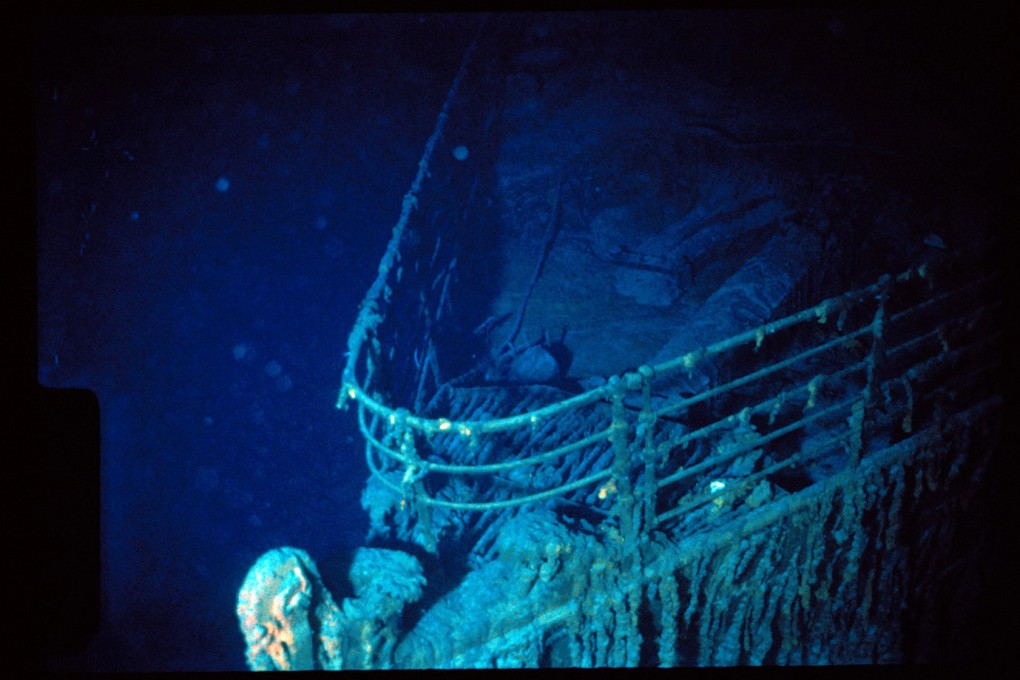Titanic exhibitor teams with Hong Kong NFT firm Artifact Labs to mint relics on the blockchain
- RMS Titanic, Artifact Labs and Venture Smart Financial Holdings are bringing the ill-fated ship’s ‘physical artefacts into Web3’ with NFT project
- The partnership with two Hong Kong firms comes just after the city unveiled new details on regulations meant to turn it into a virtual asset hub

The project aims to “bring the RMS Titanic and its physical artefacts into Web3” and to “place the legacy of the Titanic in the hands of the global public”, the companies announced in a statement on Tuesday. Artifact Labs plans to turn 5,500 physical artefacts recovered from the ship into NFTs, along with artefacts that may be recovered in the future.
The statement offered few other details about the project other than to note that Artifact Labs will also launch the Titanic DAO (Decentralised Autonomous Organisation), through which members can participate in future initiatives. The NFT firm, which was started by the South China Morning Post and in which the newspaper still has an ownership stake, said it is not making other information public at this time, such as pricing or which blockchain it will use.
The partnership between RMS Titanic, owned by Delaware-registered Premier Acquisition Holdings, and two Hong Kong companies comes as the southern Chinese city vies to become a regional virtual asset hub with new regulations aiming to lure back crypto-related business that had left over the past few years.